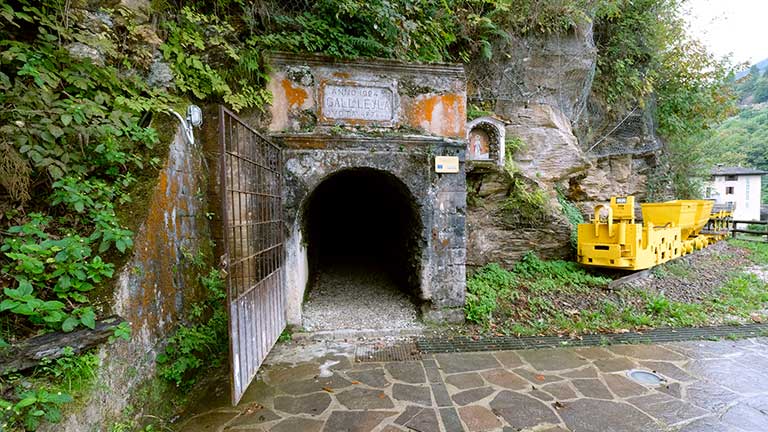


CALCERANICA
On the banks of Lake Caldonazzo, with a population of 1,361. The Mandola River, an affluent of the lake, divides the inhabited centre between Mandola to the left and Calceranica to the right. The area boasts prehistoric-era and Roman settlements: the ruins of ancient furnaces dating back to the late Bronze Age (900-1200 BC) can be found along the road that leads to Campregheri. Calceranica was mentioned in documents as far back as 1184: along with the parish church of Borgo, this parish church is the oldest in the Valsugana: the church dates back to pre-1208. In the Mandola district you can find the ancient church of Sant’Ermete, dating back to the VI-VII century and which stands on a sacred place dedicated to the goddess Diana. Until 1964 there was an active pyrite mine; first mentioned in a deed from the XVI century as a copper and iron mine (there were also small quantities of gold and silver), it was discovered and industrialised in 1929 by the Montecatini family for the production of sulphuric acid .Calceranica is a mining site of historical and current importance: furthermore, it is also a tourist site in continual evolution, today representing one of the main examples of industrial mining activities. Today, the Miniera di Calceranica, located on the banks of Lake Caldonazzo, offers visitors the chance to access the mine through the Leyla tunnel.
back